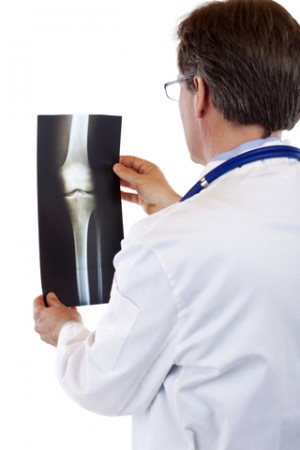Principles of Management

Once a diagnosis of OA is confirmed, the goals for the management of both hip and knee OA are aimed at controlling pain, improvement of function and health related quality of life, with avoidance if possible, of the toxic effects of applied therapy (Zhang et al 2012). It should be remembered that OA radiographic severity does not always correlate with a patient’s pain. Treatment of OA involves alleviating pain, attempting to rectify mechanical mal-alignment, and identifying and addressing manifestations of joint instability. There are several recent guidelines published for the treatment of OA and the evidence for each modality as well as the recommendations made by each body is discussed below. The treatment options are grouped in relation to lifestyle changes, pharmacological, non-pharmacological and psychological management and are not presented in any specific order of importance. Education is discussed in the shared decision making section.

